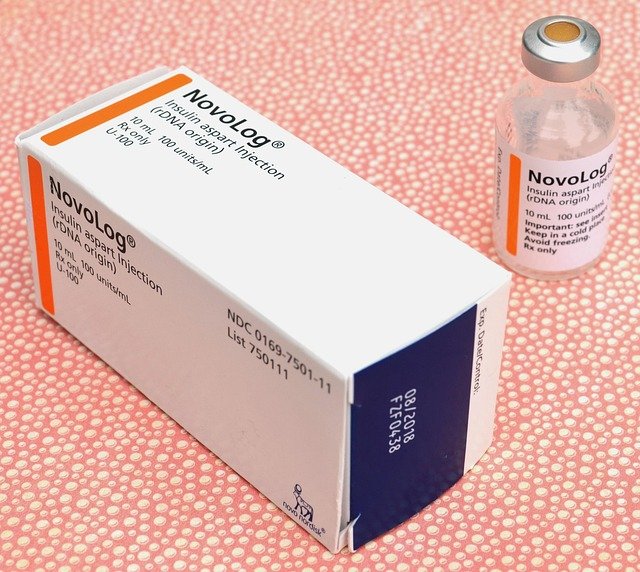Tardive Dyskinesia: What It Is, What Causes It, and How to Manage It
Tardive dyskinesia (TD) is a neurological disorder characterized by involuntary, repetitive body movements that typically affect the face, mouth, and tongue, but can also involve the trunk and extremities. This condition often develops as a side effect of long-term use of certain medications, particularly antipsychotics. Understanding tardive dyskinesia is essential for early recognition, proper management, and improving quality of life for those affected. The condition can be distressing and socially isolating, but with appropriate intervention and treatment strategies, many patients can experience significant symptom relief.

What Does Tardive Dyskinesia Look Like?
Tardive dyskinesia manifests through a variety of abnormal, involuntary movements that can affect different parts of the body. The most common symptoms involve the orofacial region. People with TD may experience repetitive tongue movements, such as protrusion or rolling, lip smacking or puckering, grimacing, rapid blinking, or chewing motions. These movements often occur without the person’s awareness or ability to control them.
Beyond the face, TD can cause rhythmic jerking or twisting movements of the neck, trunk, arms, legs, and fingers. Some individuals experience swaying movements of the hips or shoulders, irregular breathing patterns, or difficulty with fine motor coordination. The severity of symptoms can range from mild and barely noticeable to severe and debilitating, potentially interfering with daily activities such as eating, speaking, and walking. Symptoms may worsen during periods of stress or fatigue and typically diminish during sleep.
The Difference Between TD and Other Movement Disorders
Distinguishing tardive dyskinesia from other movement disorders is crucial for accurate diagnosis and appropriate treatment. Unlike Parkinson’s disease, which typically causes slowed movement (bradykinesia), rigidity, and resting tremor, TD is characterized by excessive, irregular movements. While both conditions can affect similar body regions, they have different underlying mechanisms and respond to different treatments.
Essential tremor primarily causes rhythmic shaking, usually of the hands, and worsens with intentional movement. Huntington’s disease produces choreiform (dance-like) movements similar to TD, but is a progressive genetic disorder with cognitive decline. Dystonia involves sustained muscle contractions leading to abnormal postures, whereas TD typically produces more rhythmic, repetitive movements.
Akathisia, another medication-induced movement disorder, causes an intense inner restlessness and urge to move rather than the involuntary movements seen in TD. Drug-induced parkinsonism can co-occur with TD but features rigidity and bradykinesia. A thorough neurological examination and detailed medication history are essential for proper differential diagnosis.
What Causes Tardive Dyskinesia?
The primary cause of tardive dyskinesia is prolonged exposure to dopamine receptor blocking agents (DRBAs), most commonly antipsychotic medications. First-generation or typical antipsychotics, such as haloperidol and chlorpromazine, pose a higher risk compared to newer atypical antipsychotics. However, TD can develop with any antipsychotic medication. Other medications that can cause TD include metoclopramide (used for gastrointestinal disorders) and certain antidepressants.
The exact pathophysiological mechanism involves dopamine receptor supersensitivity in the nigrostriatal pathway. Long-term blockade of dopamine receptors leads to receptor upregulation and hypersensitivity, creating an imbalance in the basal ganglia circuits that control movement. Oxidative stress, excitotoxicity, and neuroinflammation may also contribute to the development of TD.
Several risk factors increase susceptibility to tardive dyskinesia. These include advanced age, female gender, longer duration of antipsychotic treatment, higher medication dosages, previous brain damage, alcohol or substance abuse, mood disorders, cognitive impairment, and genetic factors. People with diabetes or HIV infection also appear to be at higher risk. Understanding these risk factors helps clinicians identify patients who require closer monitoring.
Treatment and Management Options
Treatment approaches for tardive dyskinesia have evolved significantly in recent years, with several effective options now available. When possible, the first management strategy is discontinuation or dose reduction of the causative medication. However, this must be balanced against the risk of psychiatric symptom relapse and done gradually under close medical supervision, as sudden discontinuation can temporarily worsen TD symptoms.
VMAT2 inhibitors represent a breakthrough in TD treatment. The FDA has approved three medications in this class: valbenazine (Ingrezza), deutetrabenazine (Austedo), and tetrabenazine. These medications work by reducing the amount of dopamine released in the brain, effectively decreasing abnormal movements. Clinical trials have shown significant improvement in TD symptoms with these treatments, often with minimal side effects.
Other pharmacological approaches include antioxidants like vitamin E, which may provide modest benefit in some patients. GABA agonists such as clonazepam can temporarily suppress TD movements but carry risks of dependence and other side effects. Amantadine, anticholinergics, and calcium channel blockers have shown variable results. For severe, localized TD, botulinum toxin injections may provide targeted relief by temporarily paralyzing affected muscles.
Non-pharmacological interventions play an important supportive role. These include physical therapy to improve motor control and balance, occupational therapy to develop compensatory strategies for daily activities affected by TD, and psychological support to address the emotional impact of living with visible movement disorders. Stress reduction techniques are particularly valuable, as anxiety often exacerbates TD symptoms.
For patients requiring continued antipsychotic treatment, switching to an atypical antipsychotic with lower TD risk, such as quetiapine or clozapine, may be beneficial. Regular monitoring using standardized assessment tools like the Abnormal Involuntary Movement Scale (AIMS) allows for early detection of emerging TD and timely intervention.
Cost and Accessibility of TD Treatments
The newer VMAT2 inhibitors that effectively treat tardive dyskinesia come with significant costs that can affect accessibility. Without insurance coverage, valbenazine (Ingrezza) can cost approximately $7,000-$9,000 per month, while deutetrabenazine (Austedo) ranges from $6,000-$8,000 monthly. These high prices can present substantial barriers to patients who need these medications.
| Medication | Average Monthly Cost (without insurance) | Potential Insurance Coverage | Patient Assistance Programs Available |
|---|---|---|---|
| Valbenazine (Ingrezza) | $7,000-$9,000 | Often covered with prior authorization | Yes |
| Deutetrabenazine (Austedo) | $6,000-$8,000 | Often covered with prior authorization | Yes |
| Tetrabenazine | $3,000-$4,000 | Variable coverage | Limited |
| Clonazepam | $10-$50 | Widely covered | No |
| Vitamin E | $10-$30 | Rarely covered | No |
Prices, rates, or cost estimates mentioned in this article are based on the latest available information but may change over time. Independent research is advised before making financial decisions.
Most insurance plans, including Medicare Part D and many Medicaid programs, provide coverage for VMAT2 inhibitors, but often require prior authorization and documentation of medical necessity. Manufacturers offer patient assistance programs that can significantly reduce out-of-pocket costs for eligible patients. Generic alternatives like tetrabenazine are somewhat less expensive but may not be as well-tolerated or effective for all patients.
Conclusion
Tardive dyskinesia represents a significant challenge for patients and healthcare providers, but improved understanding of its mechanisms, recognition of its symptoms, and advancement in treatment options have dramatically improved outcomes. Early detection, appropriate medication selection, and comprehensive management strategies can help minimize the impact of TD on quality of life. For those affected by TD, a multidisciplinary approach involving neurologists, psychiatrists, and allied health professionals offers the best path toward symptom control and functional improvement.
This article is for informational purposes only and should not be considered medical advice. Please consult a qualified healthcare professional for personalized guidance and treatment.




